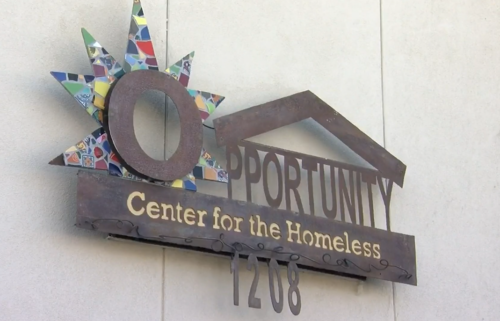Mexico’s drug war appears to be back,…

Mexico’s drug war appears to be back — and it may be worse this time around than in the bloody years of the government’s 2006-2012 offensive against drug cartels.
Back then, the worst of the violence was confined to a few areas, but now it is spread out throughout the country. Once it was not uncommon for gangs to kill adults but leave children unharmed. Now, the killing of children in Ciudad Juarez and elsewhere alongside their parents has become all too frequent.
Perhaps the most disconcerting change: Bloody cartel violence outraged Mexicans and captured international attention for the drug war, which saw 27,000 homicides during its peak in 2011. Today, even though the number of Mexico’s homicides soared to near 35,000 last year, the bloodshed seems to draw less attention and indignation.
It has all left many Mexicans wondering which way to turn.
From 2006 to 2012, much of the drug war killing occurred in northern Mexico — particularly around Ciudad Juarez. “Now it is more dispersed, and that also makes it harder to control,” said Alejandro Hope, a security analyst in Mexico.
But counting down all the similarities — deadly arson attacks, bodies left piled in heaps or hung from overpasses, massacres at parties, beheading videos posted on social media — the parallels between now and then are all too clear. “It’s like deja vu all over again,” said Hope.
That was evident this past week in Coatzacoalcos, in the Gulf coast state of Veracruz, where suspected members of the Jalisco cartel showed up at the Caballo Blanco nightclub, blocked its exits and set a fire that killed 28 people trapped inside, possibly because the owner had refused to stop selling drugs from another gang.
Another disturbing trend is that young children are being gunned down by killers targeting adults. The Sinaloa and Juarez cartels once prided themselves on their targeted killings, which riddled intended targets with bullets while leaving family members untouched.
Now, children are being killed with chilling frequency. In August, gunmen burst into a home in Ciudad Juarez and fired 123 bullets that killed three girls, aged 14, 13 and 4, along with a man who apparently was the real target. In July, a 10-year-old was killed during a robbery in Puebla state and in June, a young boy was killed along with his father in Sonora state.
Two years ago, the oil industry city of Coatzacoalcos made headlines across Mexico when a man, his wife and three young children were gunned down there by a drug cartel. In contrast, the shooting of the three Ciudad Juarez girls drew less attention.
“It seems like we are becoming accustomed to this, to people killing children. I don’t want to become accustomed to that,” said Lenit Enriquez Orozco, an activist in Coatzacoalcos.
Hope notes Mexico has a lamentable record in investigating and prosecuting killings — over 90 percent of crime go unpunished.
“The risk involved in killing a man, or killing his whole family, is the same,” the analyst said. Under that logic, wiping out an entire family “has its advantages. It is more intimidating, it is easier to carry out, and it makes escaping easier.”
The relentless violence has numbed many people.
In 2010, gunmen burst into a party of high school students in Ciudad Juarez’s Villas de Salvarcar neighborhood, killing 15 in what appeared to have been a case of mistaken identity. The bloodbath provoked large, angry street protests and a visit by an apologetic President Felipe Calderón.
This year, in April, gunmen burst into a party in Minatitlan, near Coatzacoalcos, and killed 14 people. Days later, a few dozen people held a subdued peace march.
“It’s politics as usual, nothing happened. This should generate generalized indignation” against cartels and government leaders alike, Hope said.
He attributes the muted response to new President Andrés Manuel López Obrador’s high approval ratings, topping 70% in some polls nine months into his term. Such ratings “tend to intimidate expressions of indignation,” Hope said.
Many Mexicans also are willing to give López Obrador the benefit of the doubt as even the president acknowledges that violent crime is the most serious challenge he faces.
To the extent possible, López Obrador has avoided violent confrontations with gangs that were often blamed for spawning violence during Calderón’s 2006-2012 administration. López Obrador has even personally congratulated troops who allowed themselves to be abducted and disarmed by vigilante groups that are often linked to cartels.
He insists his go-slow policies of reducing youth unemployment will eventually solve the root causes of the problem better than declaring another frontal offensive against drug cartels.
The poor provide López Obrador’s base, and it is that group who suffers the most from crime.
“There are a lot of empty houses in Coatzacoalcos, a lot of people have left,” said Maria Fabiola Davila, a civic activist. “Those who can afford it move to another country.”
Associated Press



